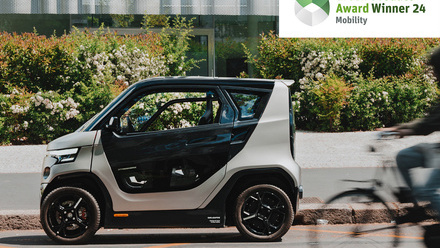Making comfort personal
Freezing weather has been sweeping many parts of the world recently, with parts of Europe and the US gripped by plummeting temperatures. Keeping warm in winter is obviously important but the amount of energy used for heating has raised concerns about the effect on the environment.
Personalised Environmental Control Systems (PECS) have been suggested as a more energy efficient option, where the area around a person is heated or cooled instead of the entire space. They also allow individuals to tailor the conditions around them so they’re more comfortable, such as using heated seats in offices or vehicles.
New research has now examined thermal comfort in winter conditions, using the Equivalent Contact Temperature – a model that’s often used in the motor industry to help assess comfort.
The study used a mocked-up car interior equipped with heated seats and simulated winter conditions. It found that heated seats were effective at warming local body parts, such as the back and buttocks but weren’t enough on their own to provide “uniform thermal comfort”. Participants reported feeling “cold but comfortable” while the areas of the body in contact with the seats were sometimes described as “too warm”.
Previous ECT models had only considered summer conditions, where seat ventilation was more important. To address this, the researchers used their results to develop a new comfort scheme for winter conditions, with a fixed equivalent skin temperature of 34°C for the buttocks and 35°C for the back.
The study, published in the journal Ergonomics, said: “Further investigation into scenarios involving colder and warmer thermal conditions is essential to refine the threshold of the comfort scheme under more extreme conditions, particularly when PECS are used in combination rather than as standalone systems.
“Additional studies that explore combined PECS, different seat characteristics (including office chairs), and the role of clothing insulation could significantly enhance the understanding of comfort evaluation, which is crucial for the future development and application of PECS.”






